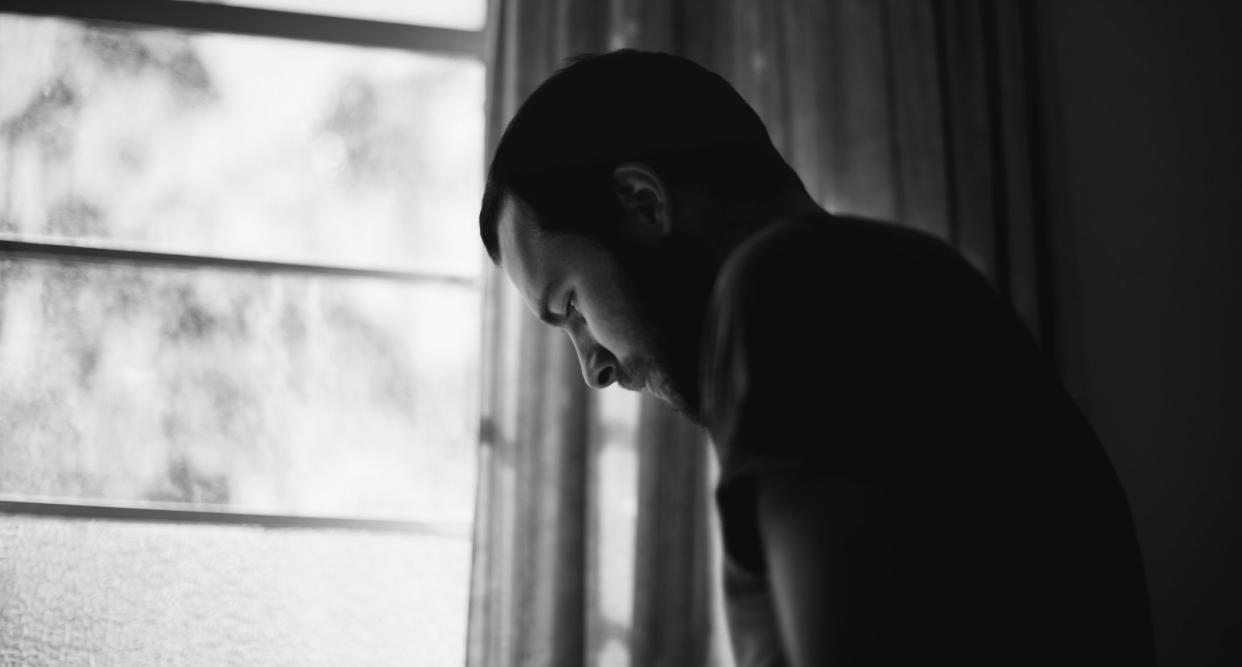Seasonal affective disorder: Why some feel sluggish and sad during winter time

If the dark, cold days of late fall and winter tend to leave you feeling moody and lethargic, you may have seasonal affective disorder (SAD) — a form of depression that’s affected by the change in season.
The mood disorder typically starts in the fall and continues through winter — when there’s significantly less daylight — and goes away in the spring and summer.
But experts say this is more than just a case of “the blues.” “People will refer to it as ‘winter blues,’ but it keeps going day after day,” Hanne Hoffmann, PhD, an assistant professor at Michigan State University specializing in neuroscience, tells Yahoo Lifestyle.
The signs of SAD
One of the biggest telltale signs that someone is suffering from seasonal affective disorder is feeling sluggish. “There’s a loss of energy, feeling tired, sleeping in and having a hard time getting up,” says Hoffmann. In addition, people tend to have a pervasively sad mood. “You have a hard time finding enthusiasm,” Hoffmann says.
The disorder can also affect people’s appetites — namely, leading to overeating and in particular, consuming “high-reward foods,” such as “anything with sugar and fat,” says Hoffmann.
In severe cases, SAD can cause “feelings of hopelessness or despair and thoughts of suicide,” according to the American Psychological Association.
What causes SAD?
While the exact cause isn’t clear, the lack of sunlight in fall and winter appears to trigger a decline in levels of the mood-regulating hormone serotonin in the brains of people with SAD. A small 2014 study revealed that people with the mood disorder had “significant seasonal differences in the way they regulate the neurotransmitter serotonin in comparison to the majority of the population.”
"We believe that we have found the dial the brain turns when it has to adjust serotonin to the changing seasons,” the study’s lead researcher, Brenda McMahon, told ScienceDaily.
Hoffmann explains that your brain can sense day length and informs the rest of the body that it’s summer or winter. “The quality of light also plays a role — the intensity of light is lower in the winter,” she says. “In winter, it gets cold and slushy so we tend to spend a lot of time inside. [We’re] not getting enough light for our bodies to stay happy,” she says. “Your body is responding to this as a stressful environment.”
How to treat SAD
The good news is that, in most cases, the mood disorder is relatively easy to treat. The primary treatment is light therapy (also known as phototherapy), which helps “trick your body into thinking it’s still summer,” says Hoffmann.
You can either use natural light or a light box. With natural light, you need to get outside for at least an hour daily — ideally in the morning hours, which is “when your body responds best to light,” says Hoffmann. She recommends heading outside sometime after sunrise and before 9 a.m. to get your dose of natural light.
However, not everyone can swing spending an hour outdoors before work each day. So many turn to using a light box — a portable and convenient device that can be used at home or work.
“You want to use it in the morning — that’s the time of day your body is most sensitive to the light,” says Hoffmann, noting it’s best between the time you get up and 10 a.m. (though she says that up until 12 p.m. is fine, too). Hoffmann also suggests placing the light box about 15 inches away from you.
You’ll need to sit in front of a light box for one hour daily, but Hoffmann says that you don’t have to do it all at once. “You can do 30 minutes in the morning and 30 minutes at work,” she says. “It can be broken up.” (Hoffmann adds that you won’t lose the benefits if you skip a day, noting that doing it at least five days a week is still beneficial.)
When choosing a light box, Hoffman suggests one with 10,000 lux so it’s bright enough to have an effect (she recommends the light box HappyLight, $40). You also want to be sure it has an ultraviolet (UV) filter. “They often come with it,” she says. “But it’s important not to get something that’s old and doesn’t have a UV filter so as not to damage your skin and your eyes.”
Hoffmann also points out that it’s important to be patient. “Using the light will help — it will reverse it — but it takes time to work,” she notes. If you already know you have seasonal affective disorder, Hoffmann recommends starting light therapy now, before having any symptoms. “It will prevent the symptoms from happening at all,” she says. “If not, it could take 10 days before you start to feel better, but it will happen. You’re going to feel better. ”
For some, however, light therapy is not enough. If the therapy isn’t helping after 10 days, they should see their primary care physician, who can prescribe other treatment strategies, including prescription medication. Above all, says Hoffmann, “You should not ignore it.”
If you or someone you know needs help, please call the National Suicide Prevention Lifeline at 1-800-273-TALK (8255).
Read more from Yahoo Lifestyle:
What happens to your body when daylight saving time ends? Experts explain
Researchers discover a way to produce promising drug from mushrooms to treat depression
Follow us on Instagram, Facebook and Twitter for nonstop inspiration delivered fresh to your feed, every day.

